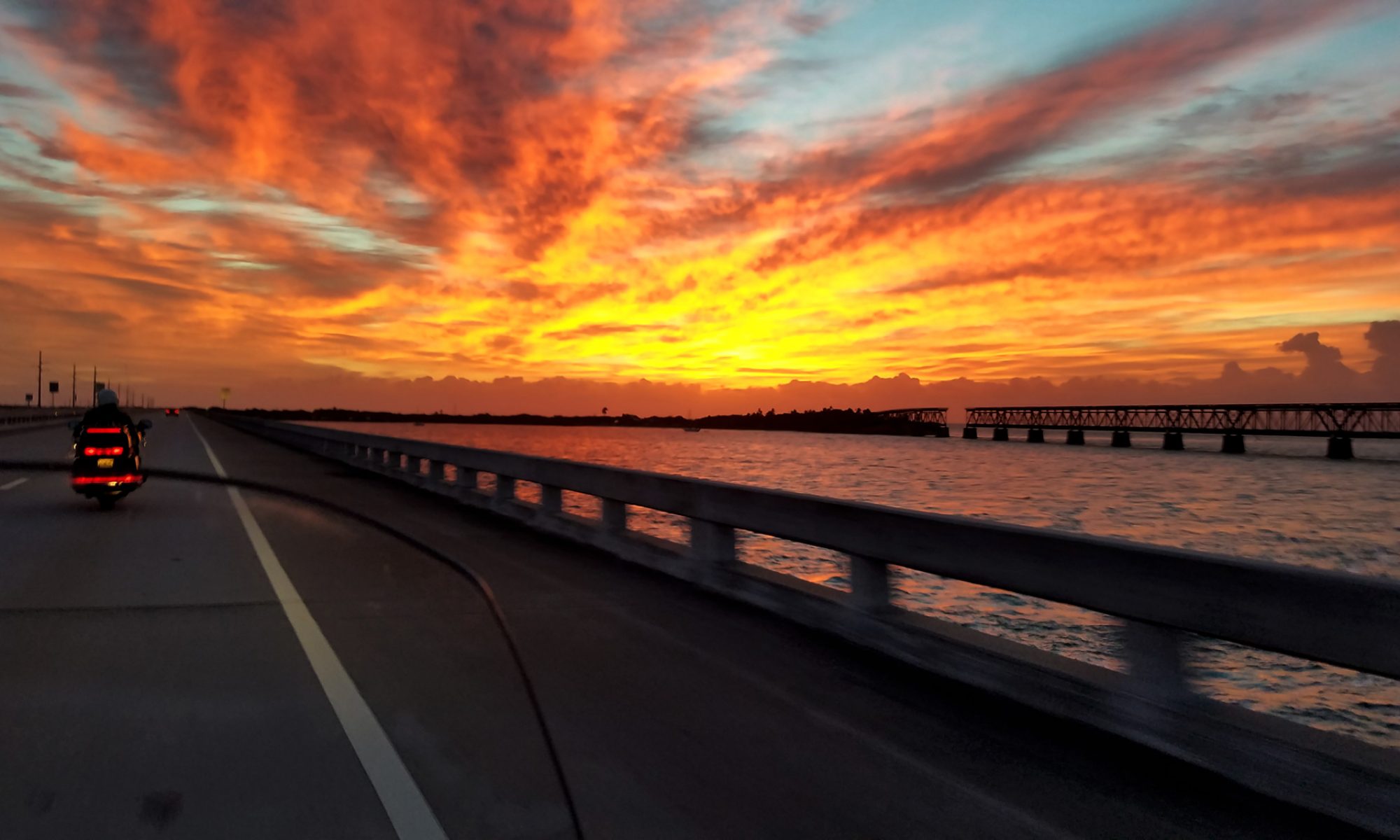This evening I picked up The Geography of Genius out of the pile of books I’m currently reading and dove in again. As I mentioned in the tweet (above), this book is the first of Eric Weiner‘s brilliant writing that I’ve been exposed to, and I am hooked.
I’m only about 100 pages in, and I’ve traveled with Weiner to Athens, Hangzhou, and now Florence. He’s making the case that something about these locales—not just the places, but the conditions that existed at specific moments in history—sparked creativity and innovation in ways that are worth studying.
Reading his accounts, you get the sense that the individual geniuses who made these places famous required the opportunity to bump up against other geniuses in a “nitro, meet glycerin” way in order to produce the explosive bursts of talent (and the products of talent) we attribute to them individually.
This line of reasoning called to mind a point that Walter Isaacson loves to make. He drills the idea home in The Innovators, but it shows up in his other works as well. The one I just finished was his brilliant biography of Leonardo Da Vinci, and it surprised me to find that he made the same point in it as well. The point he makes is that the most effective innovators (geniuses, inventors, change agents, whatever you want to label them) collaborate.
We may remember the names of certain individuals, but usually only when they were surrounded (by choice or by happenstance) with others who helped fuel their creativity, add missing ingredients, or even finish their works of genius.
